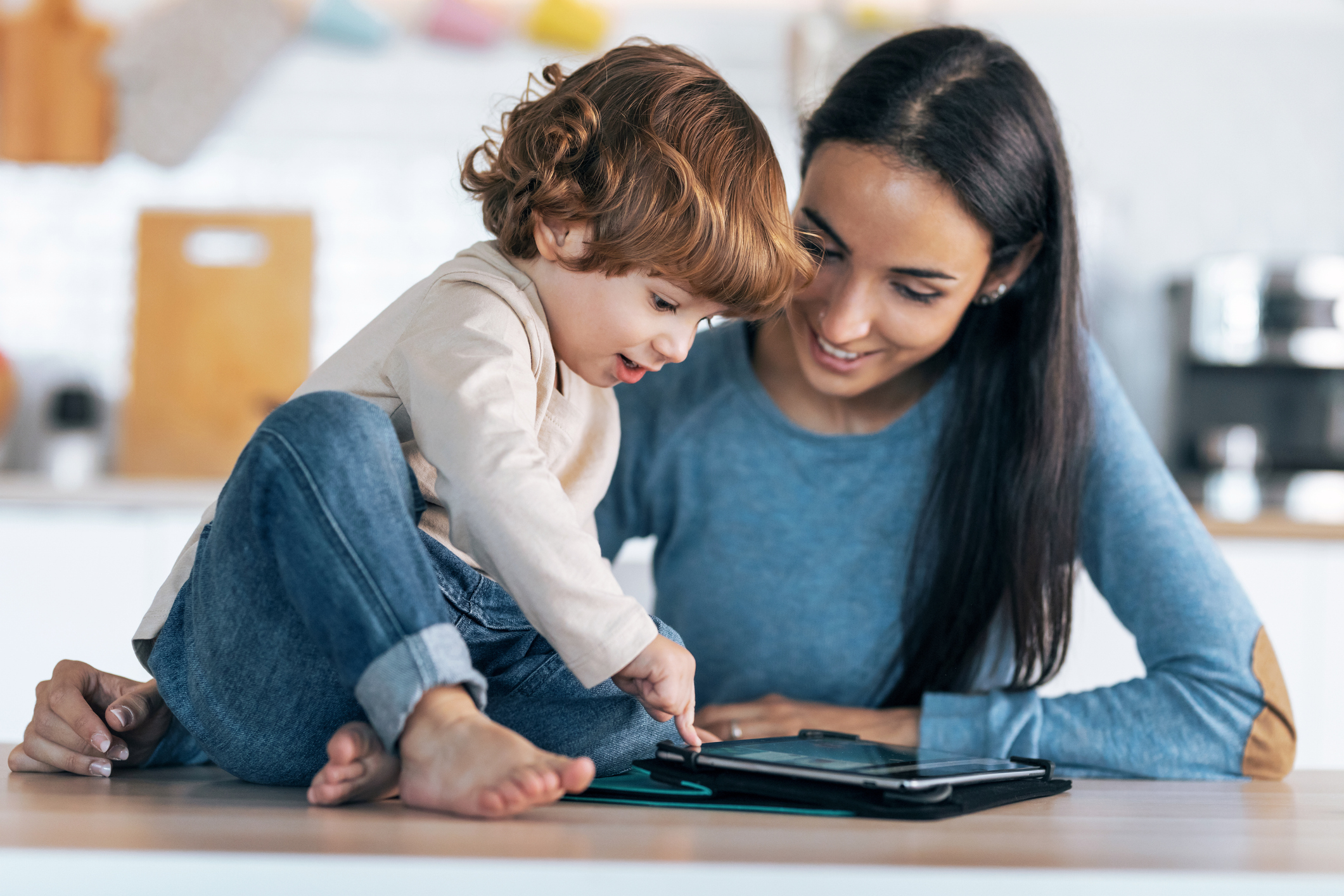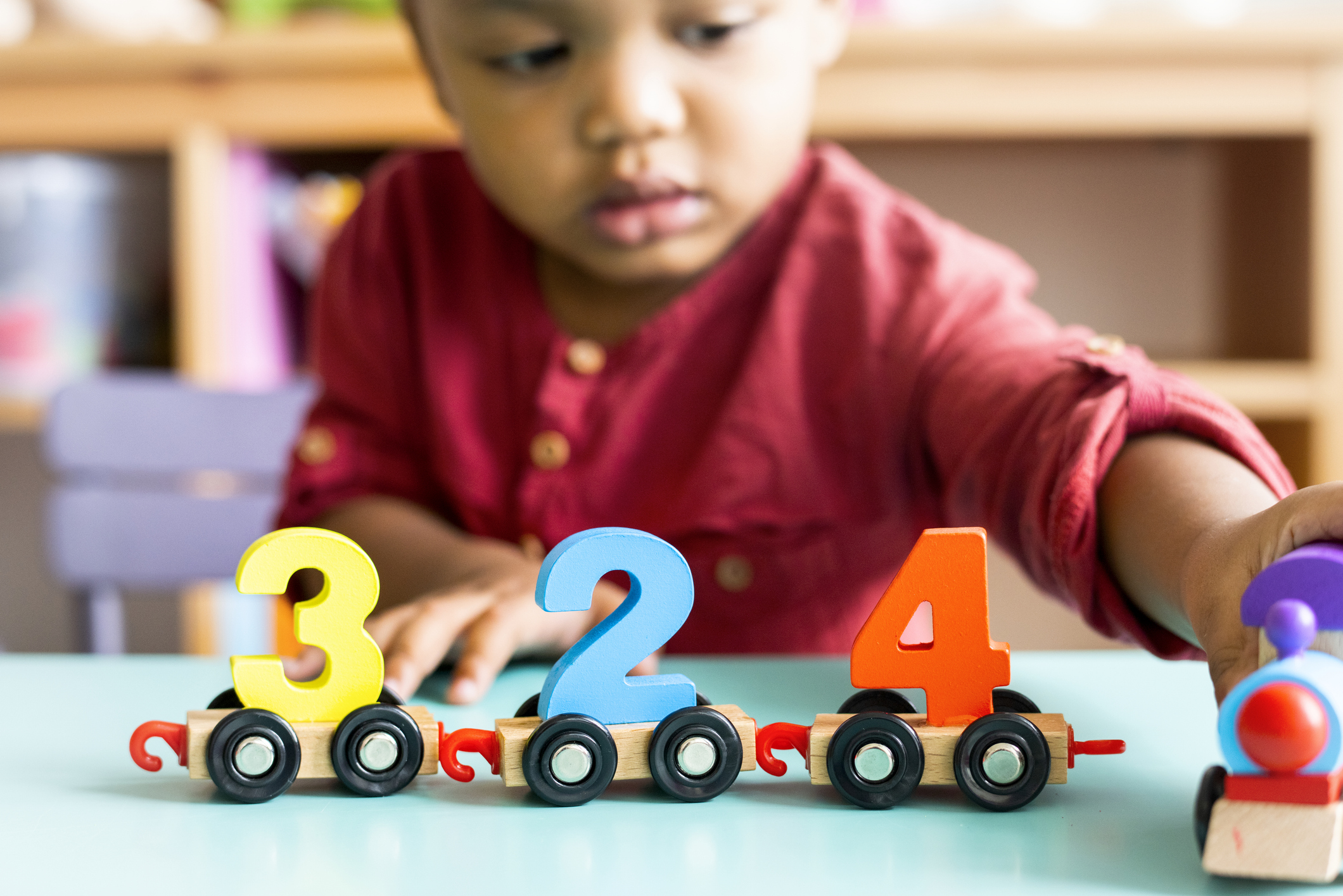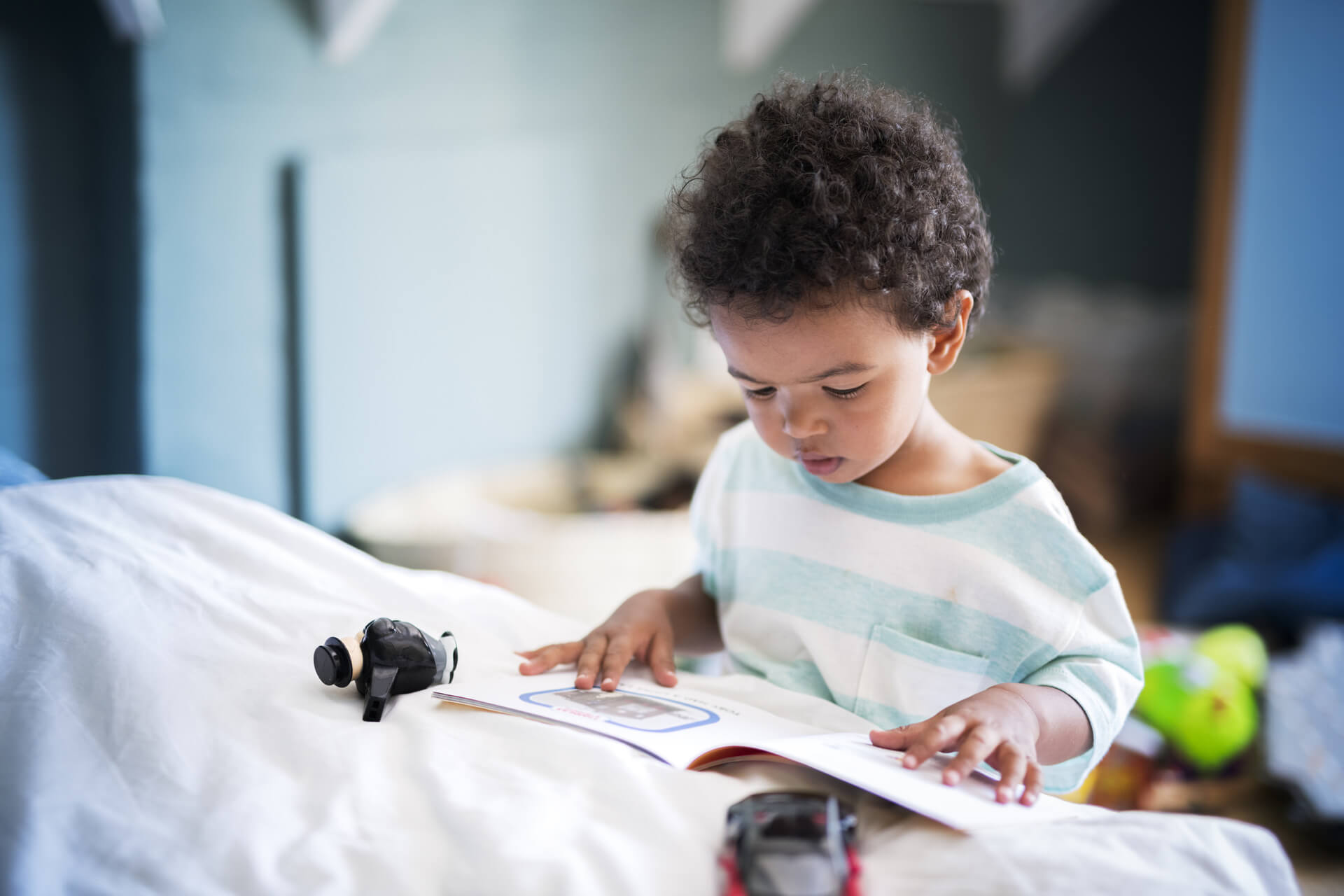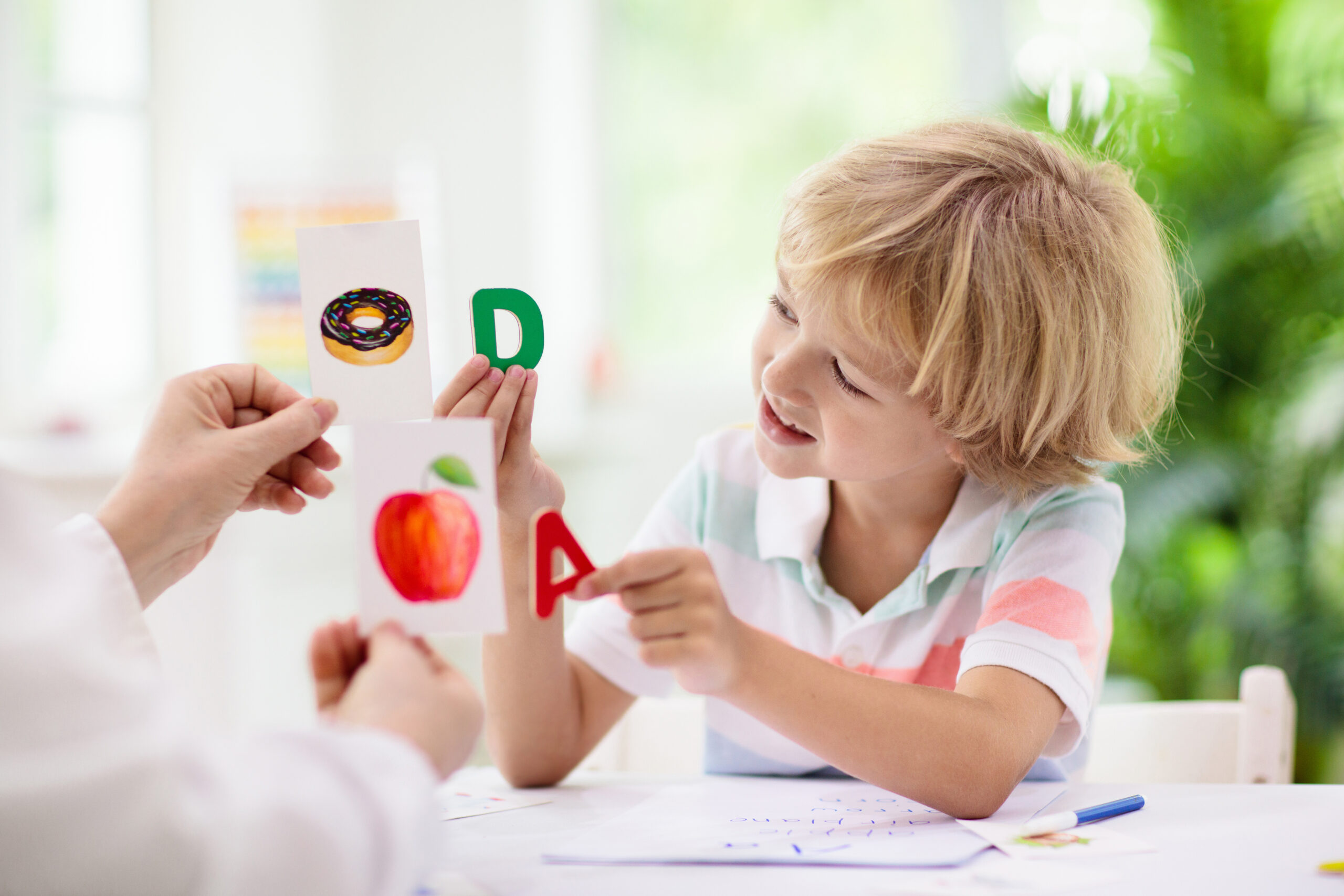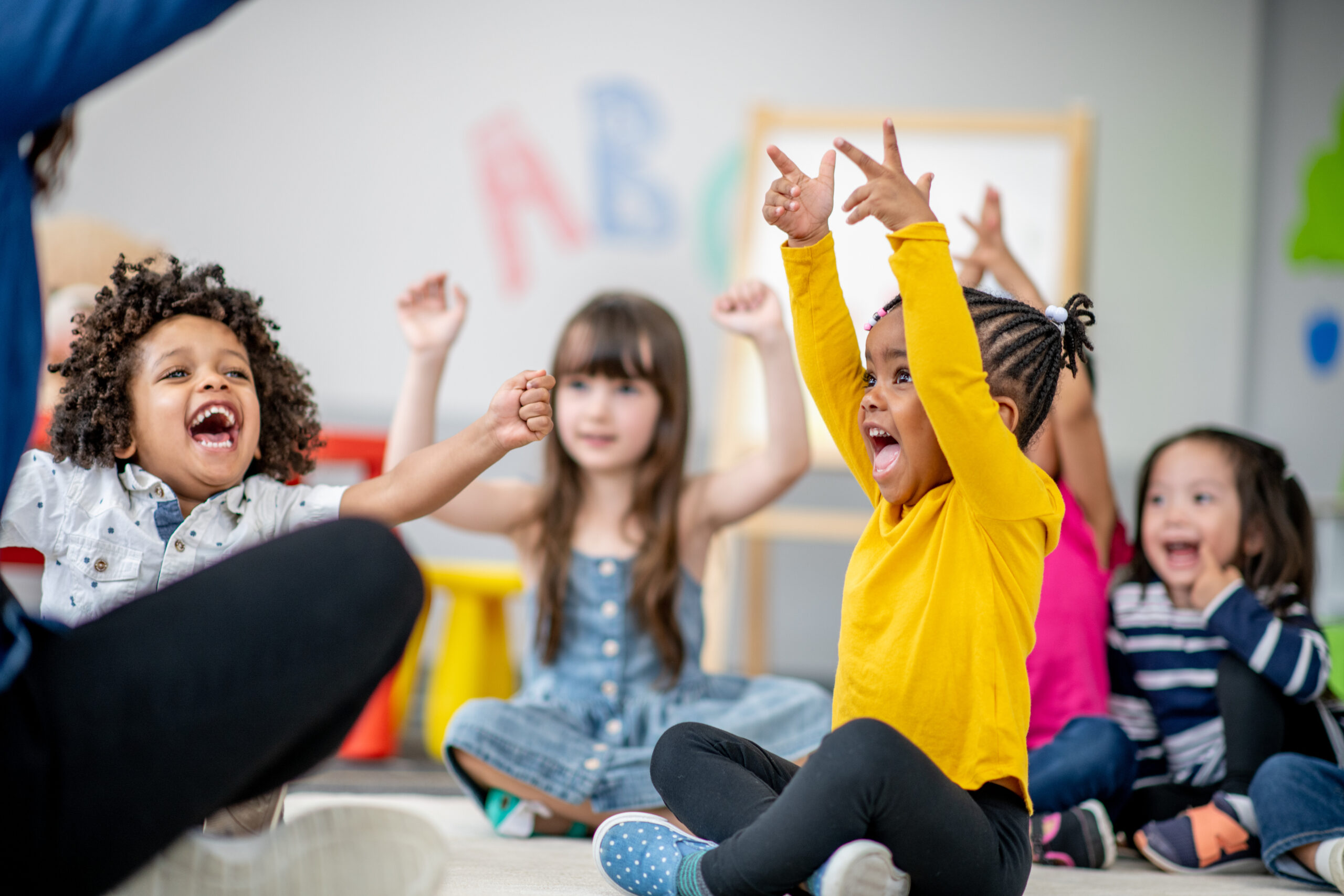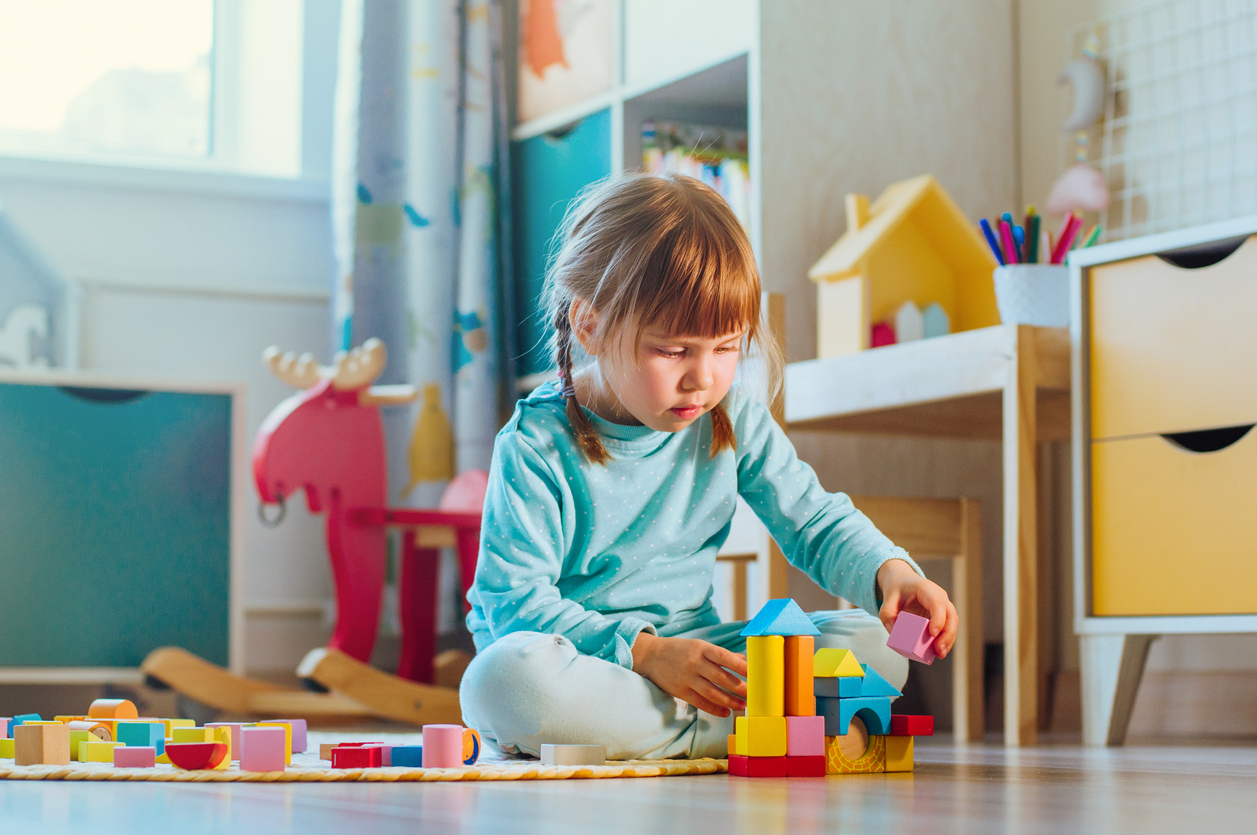Pattern Activities for Preschoolers: 8 Science-Backed Games That Build Math & Reading Skills
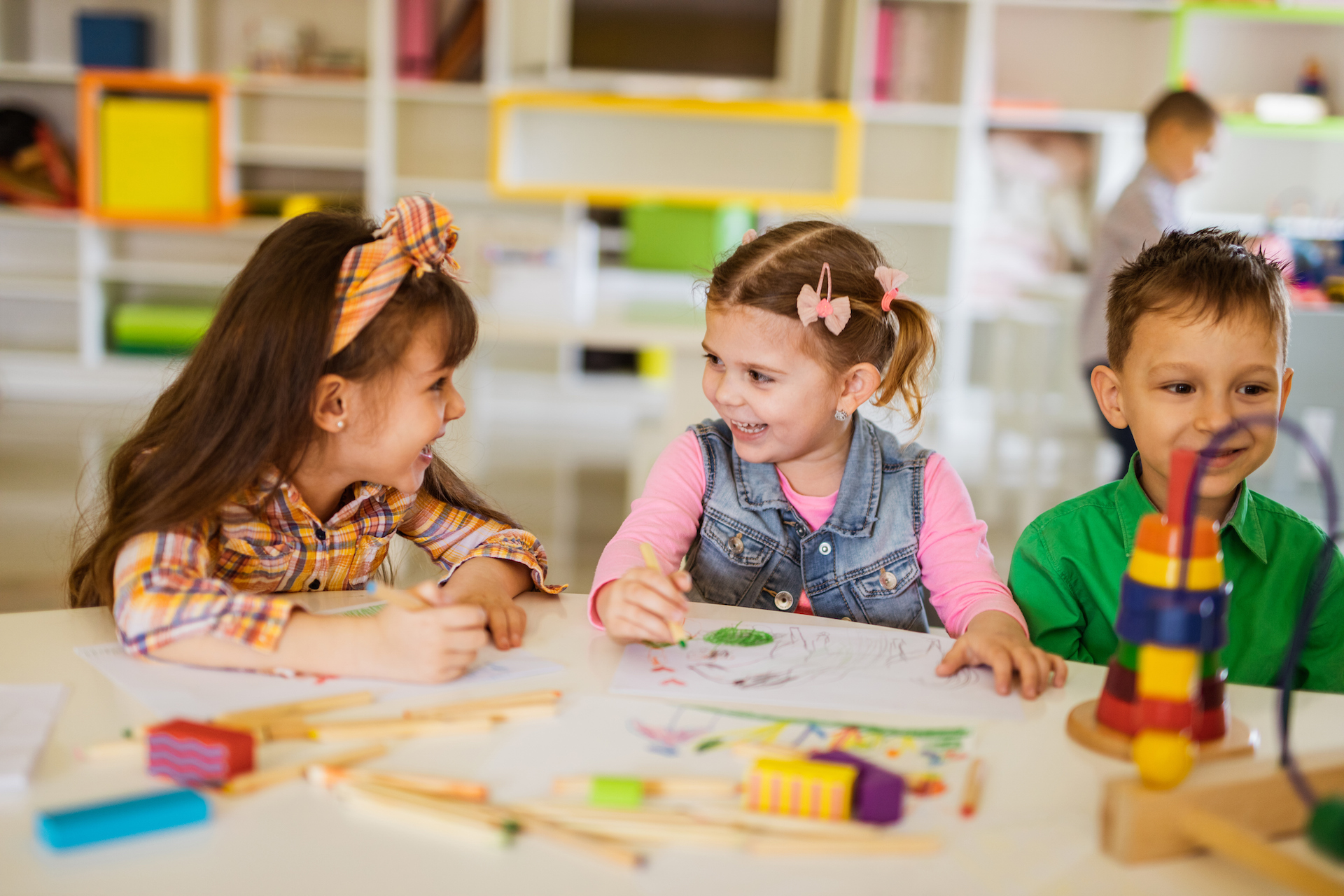
Have you ever noticed how your little one starts lining up toys, alternating blocks, or clapping in a rhythm? That’s not just play—it’s the earliest form of math and logic taking shape right before your eyes. When teachers introduce patterns in preschool, they’re helping kids make sense of order and sequence—concepts that stretch far beyond colors or sounds.
A pattern, after all, is like a story that repeats itself in a certain rhythm—red-blue-red-blue or clap-stomp-clap-stomp. And amazingly, this simple act of noticing what comes next is laying the foundation for powerful academic and thinking skills later on.
When children explore patterns through play, they’re strengthening memory, problem-solving, and flexible thinking—all essential for both math and reading success. Pattern play might not look like a reading lesson, but it builds the same mental muscles needed to understand letters, words, and sentence structures down the road.
Why Pattern Recognition Matters More Than You Think
Before we jump into the fun stuff, let’s take a closer look at why pattern recognition is such a big deal in early childhood development.
When your child spots sequences and rhythms—like the routine of brushing teeth before bedtime or stacking red and yellow blocks in a certain order—their brain forms connections that support memory, attention, and reasoning. These are the same cognitive skills that later help them grasp concepts like addition, language rules, and even scientific thinking.
In fact, the preschoolers who can quickly identify and extend patterns tend to perform better in math as they grow older. That’s because math—from addition to fractions—relies heavily on recognizing and applying consistent sequences. Patterns also nurture early reading abilities, such as identifying letter order, word patterns, and rhyming sounds. So every time your child continues a color sequence or copies a clapping rhythm, they’re developing early “pre-math” and “pre-literacy” foundations.
Even more fascinating, pattern recognition supports executive functioning—our brain’s control center for planning, focusing, and switching tasks—skills that make learning easier in all areas.
So, how can you help your preschooler practice these important skills? The best part: it’s through play!
Here are eight playful, science-backed pattern activities designed for preschoolers aged 3–5 that turn curiosity into powerful learning.
1. Color Block Patterns
Picture this: You and your child sitting together on the play mat, building towers out of brightly colored blocks. Start by whispering a “color story” as you build—red, blue, red, blue. Then pause and ask, “What comes next?” That’s your child predicting patterns at work.
As they get older, make the pattern a bit trickier. Try red-red-blue (AAB) or red-blue-green (ABC). It’s simple, hands-on fun that strengthens sequencing and problem-solving while keeping playtime joyful.
2. Shape Pattern Strips
Bring out those colorful papers and get cutting! Circles, squares, triangles—lay them out in a sequence. You can say, “Circle, square, circle, square—what’s missing here?” and let your child fill it in.
Focus on two-shape patterns for younger kids and gradually add complexity with more shapes or colors for older preschoolers.
This simple table activity builds visual-spatial understanding and attention to detail—skills kids need for math and reading later on.
3. Clapping Pattern Game
Turn pattern learning into a playful movement session. Try “clap, clap, stomp”—and repeat! Once your child gets the hang of it, switch to “clap, stomp, jump” and invite them to create their own rhythm patterns.
This isn’t just physical fun—it’s a full-body learning exercise. Movement-based patterns activate both sides of the brain, improving coordination, memory, and listening skills.
4. Dance Pattern Choreography
Put on some cheerful music and invent dance moves with repeating steps—step-step-clap or spin-jump-spin. Together, create a mini dance routine following an AB or ABC pattern.
Your child won’t even realize they’re strengthening memory, rhythm, and sequence awareness—all while expressing creativity and having a laughter-filled bonding moment.
5. Sticker Pattern Strips
Preschoolers love stickers, so why not turn that excitement into a learning opportunity? Give your child sticker sheets with stars, hearts, or animals and long strips of paper. Start a simple sticker pattern and say, “Your turn to finish it!”
You can make it more engaging as your child grows—two types of stickers for simple sequences, three or more for complex ones. Peeling, sticking, and repeating gives their fine motor skills a workout too.
6. Stamp or Dot Marker Patterns
Hand over stamp pads or dot markers and let your child make colorful patterns—red dot, blue dot, red dot, blue dot. As they stamp, whisper the sequence together like a rhythm.
This creative art activity helps turn abstract pattern recognition into something visual and playful, deepening comprehension through repetition.
7. Pattern Detective Game
This one turns your day-to-day moments into learning adventures. Go on a “pattern hunt” around your home or during a walk. Point out stripes on a shirt, tiles on the floor, fence posts, or even traffic light sequences.
Say things like, “Look! Red, yellow, green—what comes after green?” Watching your child’s eyes light up as they “discover” real-world patterns is one of the most rewarding parts of this activity.
8. Snack Time Patterns
Who said learning can’t be delicious? During snack time, arrange treats in patterns—think cheese, crackers, grapes, or carrot stick–cucumber–carrot stick. Ask your child what comes next before they eat their next piece!
This little exercise turns everyday routines into fun teaching moments, keeping learning effortless and tasty.
How Often Should You Practice?
Pattern play doesn’t need to be a daily homework session. The goal is to weave these activities naturally into your daily routine. Here’s what works best for most families:
- Notice 1–2 patterns a day in clothes, nature, or daily routines—like the order of bedtime rituals.
- Use short pattern games (just 3–5 minutes!) during car rides, snack breaks, or waiting times.
- Dedicate a couple of 15–20 minute sessions each week to pattern-focused play like block building or dance sequences.
A little consistency nurtures big progress. Think of it not as a lesson, but a way to strengthen your child’s confidence and curiosity every day.
Final Thoughts
Pattern activities aren’t just about school readiness—they’re about life readiness. Whether your child is stacking blocks, dancing to a rhythm, or spotting stripes on the wall, their brain is learning how to think, predict, and make sense of order.
The best part? You need nothing fancy—just time, playfulness, and everyday items from around the house. So start small: build an AB pattern, clap a rhythm, or spot one together during a walk.
Your preschooler’s world is full of patterns—colors, sounds, steps, and smiles. All they need is your guiding voice to help connect the dots between fun and learning.

